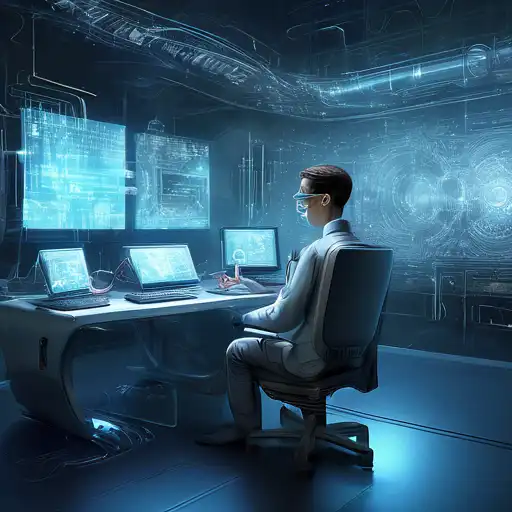Introduction to Computer Vision Technology
Computer vision technology has seen remarkable advancements in recent years, transforming how machines interpret and understand the visual world. From facial recognition systems to autonomous vehicles, the applications of computer vision are vast and varied. This article delves into the latest breakthroughs in the field, highlighting how these innovations are shaping industries and everyday life.
The Evolution of Computer Vision
The journey of computer vision from simple image processing to complex scene understanding is a testament to the rapid progress in artificial intelligence (AI) and machine learning (ML). Early systems relied on manually crafted features, but today's models leverage deep learning to automatically learn features from vast datasets. This shift has significantly improved accuracy and efficiency, enabling more sophisticated applications.
Key Advancements in Computer Vision
Several key advancements have propelled computer vision technology forward. These include:
- Deep Learning Models: Convolutional Neural Networks (CNNs) have become the backbone of modern computer vision, offering unparalleled accuracy in image classification and object detection tasks.
- Real-time Processing: With the advent of more powerful GPUs and optimized algorithms, computer vision systems can now process and analyze images in real-time, a critical requirement for applications like surveillance and autonomous driving.
- 3D Vision: Advances in 3D imaging technologies, such as LiDAR and stereo vision, have opened new possibilities for depth perception and spatial understanding.
- Edge Computing: By processing data locally on devices, edge computing reduces latency and bandwidth use, making computer vision applications more efficient and scalable.
Applications of Advanced Computer Vision
The impact of these advancements is evident across various sectors:
- Healthcare: From diagnosing diseases from medical images to assisting in surgeries, computer vision is revolutionizing patient care.
- Retail: Automated checkout systems and personalized shopping experiences are just a few ways computer vision is enhancing the retail industry.
- Automotive: Autonomous vehicles rely heavily on computer vision for navigation and obstacle detection, making roads safer for everyone.
- Security: Facial recognition and anomaly detection systems are improving security measures in public spaces and online platforms.
Challenges and Future Directions
Despite its progress, computer vision technology faces challenges such as privacy concerns, data bias, and the need for massive datasets. Addressing these issues is crucial for the ethical development and deployment of computer vision systems. Looking ahead, the integration of computer vision with other AI technologies, like natural language processing, promises even more innovative applications.
Conclusion
The advancements in computer vision technology are not just technical achievements but are also reshaping how we interact with the world. As the field continues to evolve, we can expect even more groundbreaking applications that will further blur the lines between the digital and physical realms. For those interested in the intersection of AI and visual technology, the future of computer vision is undoubtedly bright.
